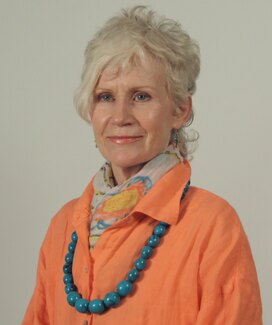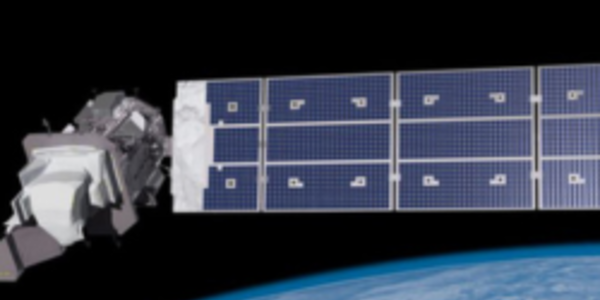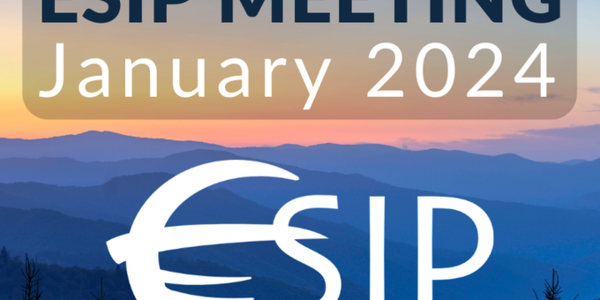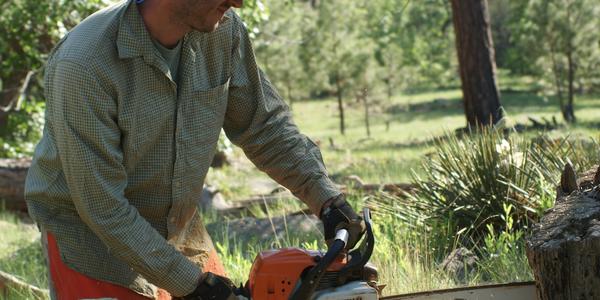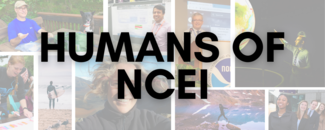
Here at NCEI, we aren’t just data—we are people. In our Humans of NCEI series, meet the awesome minds that manage one of the largest archives of atmospheric, coastal, geophysical, and oceanic research in the world. Get to know Deborah Riddle, a Visual Information Specialist who is an expert in combining art and technology to communicate science.
What is your job title?
Visual Information Specialist.
What is your specific area of expertise?
My area of expertise is graphic design, combining art and technology to communicate science.
What was your first job? How did it prepare you for your current position?
My first job was joining the U.S. Air Force at age 18, straight out of high school. What a cultural shock! It reinforced the importance of having respect for others and the value of being a team player.
How did you end up at NCEI?
Divine guidance. When my job with a stocks and bonds company was moved to another state, I walked across the street to where the National Climatic Data Center (NCDC) was located and asked if they were hiring. The rest is history.
What does a usual workday look like for you?
Meetings to discuss upcoming projects, focusing on understanding the needs and expectations of what the visuals are to convey. Sometimes research is needed to better understand a scientific concept to communicate the deliverables and produce the most meaningful graphic. I work to create mockups, get feedback, then polish and finalize a design. It is a process that may take a few rounds of back and forth with the team, our scientists, partners, and stakeholders before we finalize a design product.
What question are you asked most often when someone finds out what you do? How do you respond?
“You work for NOAA???? How cool. I have heard of NOAA, I see their maps on the Weather Channel!” When I tell them I get to engage with amazing scientists and others to help them visually communicate their product they are amazed.
What sort of training and education would one need for your job?
You need a broad understanding of art and design. A good designer is an artist and essentially a storyteller. We have the ability to take complex data and present it in a clear, informative way. Expertise in communication through images and typography are the building blocks of graphic design. Color theory, typography, creativity, design theory, and the principles of visual communications such as eye flow, balance, hierarchy, color, space, contrast, and the list goes on. One must also know industry-standard design software and technology with a focus on Adobe creative applications. A good designer should remain curious, stay informed of new industry trends, be a problem solver, and a lifelong learner.
What inspired you to pursue a career in your field?
Art has always come naturally to me. I realized early in life that I found great joy in reading, creating, and designing. When I was a kid, I loved to write my own short stories and illustrate them with my drawings. I wanted to become a fashion designer and entered several design contests when I was very young. I applied for a graphic design position at National Climatic Data Center in the early 2000s and was hired. I’ve never looked back.
What projects are you working on now? Are there any upcoming projects that you are excited about?
I am focused on a series of NOAA reports for the NOAA Science Council. I am also part of an exciting poster project. The poster is meant to improve climate literacy in the Ojibwe Nation. This is a multi-coordination effort with the NOAA Great Lakes Regional Collaboration Coordinator, the Climate Services Director for the Central Region, and the Great Lakes Indian Fish & Wildlife Commission (GLIFWC), among others. The poster features the art of Sarah Agaton Howes, Anishinaabe artist, Fond du Lac Band of Lake Superior Chippewa.
The annual State of the Climate report, published as a supplement to the Bulletin of the American Meteorological Society (BAMS) is something I look forward to working on. The report provides an authoritative and comprehensive annual summary of the global climate system. At over 300 pages in length, our focus as designers is to provide an easy-to-follow digital publication design, coupled with an engaging cover. The report also has many figures and images included that require our skills in improving visual communication. It’s a big lift but there’s a lot of satisfaction in being part of this effort.
The Fifth U.S. National Climate Assessment (NCA5) will be ramping up later this year. This effort is an all-hands-on-deck production for the NCEI Visual Communications Team. We work alongside the National Climate Assessment Technical Support Unit (NCA TSU) to deliver a very high-level, authoritative product. I’ve been involved with this effort since NCA2.
What is your favorite aspect of your job?
Creativity, especially cover design. There is a great deal of satisfaction in taking a rough sketch of a concept and turning it into a visual that informs and engages users. Graphic design is a highly effective and efficient way of communicating a complex message. Creativity is one of, if not the most, important graphic design skill.
What challenges have you had to deal with in your career?
Our transition from designing with a focus on print to digital design. This transition happened around 2008 or 2009 when we adapted to a different focus and workflow. Digital designs are widely used today. This includes interactive publications, social media graphics, visuals on websites, color-blind safe scientific figures, and even graphics in emails to name a few. We can now leverage tools and various digital resources to create and develop colorful designs and presentations for multiple platforms. Digital art encompasses much more than print, things like interaction, usability, different color formats, and composition to create an orderly design that makes products come to life. Approximately 20% of US citizens are disabled. I work diligently on making our digital designs as accessible as possible. This required me to learn a more technical set of skills to apply within our products.
Who are you outside of your career?
I love to rummage through antique stores in search of unique finds to help create what I call my Junk Gypsy Hoodoo art! I love to watch movies with my husband, spend time with my mom in her garden, and paint furniture.
Is there anything else you would like people to know about you?
I love my job and being part of a fantastic team at NCEI.
*Please note that all of the information was current through the publication date.

